Simmering and BTU’s on Gas Burners?
davidhunternyc
5 years ago
last modified: 5 years ago
Featured Answer
Sort by:Oldest
Comments (45)
M
5 years agoRelated Discussions
Bluestar Owners-What to expect with simmer burner?
Comments (11)At the lowest setting, the darker blue cones of the flames are about 3/8 inch high rather than the 1/16th that cpovey gets. This is probably why it's too hot. cpovey: did your BS come with that flame setting or did you have to adjust it? Can we do the adjustment ourselves (how?), or we need to call a service person? When we first got the BS, the simmer burner kept having problems and the igniters would go on. The serviceperson who came said one of the holes was clogged which fooled the sensor into thinking the burner was out, thus reigniting. He said my burners all worked "perfectly" otherwise. He did not perform any tests and commented that the BS was a high maintenance unit. When I slide a pot off the flame, the side of the pot tends to burn any oily spots on the inside and discolor the outside of the pot. I looked on the BS website, and one of the questions asked which simmer plate they recommended ("most simmer plates work well"). I wonder if they were referring to simmer plates for the simmer burner or to get a lower temp on the 22k and 15k burners. Do any of you use simmer plates? Guadalupe: If you never cover the pot when simmering, do you let stock simmer uncovered for hours? That would evaporate most of the liquid, no? If not, then wouldn't it just be keeping the pot contents warm rather than simmering?...See MoreCulinarian 8K Simmer Burner Retrofit
Comments (71)Capital's got this fix coming!!! I am a newbie to GW and this is my first post. I am building a new house and was looking to put in a high end rangetop in the kitchen. I came across the CC while searching but had no idea about the brand. So I searched the GW for info on the Culinarian. Thanks for all the info and feedback from everyone, they were very helpful. However, I was concerned about the lack of a true simmer burner (contrary to what Capital's marketing says) as noted in various threads here. So I called Eurostove today to find out if this is a real problem and if Capital has fixed it by now. Trevor Lawson informed me that it is a known problem. However, he said Capital is working on a real simmer burner for the Culi, an 8K or 9K burner, that just contains the inner burner holes. This would be offered as a retrofit kit to current owners. Expected availability is 4-6 weeks from today, so that puts it around end of July 2012. Perhaps Capital's engineers saw Billy's fix and thought we can do it too. The simmer issue was one thing that bugged me about going with the CC, but now that is being fixed, I think I will buy the 48" CC with the BBQ when the simmer is incorporated into the design....See Morelack of 'simmer' burner on Onofri & gen. questions abt simmer
Comments (6)I spent quite some time considering a Fretelli Onofri but decided against it ultimately. It is a really cool looking range, and has a lot of features for the money, but the max burner is only 12,000 BTU (11 on propane) and I just couldn't see paying the money to upgrade my range to something no more powerful than what I already had in my $500 GE. It's smallest burner is 3500 BTU, so I am guessing that it should easily get low enough to simmer satisfactorily. I'm not sure if these burners have low flame controls, but I think most do. With this you can adjust how low the flame goes with a screwdriver. Bluestar has it and it works great (That's what I bought). Download the owners manual from FO and see if it's mentioned....See MorePortable Induction Burner for 12+ hour simmering
Comments (8)I agree about Fagors. Cook's Illustrated/ATK recommends Fagors and those are what they use in the test kitchens. I have and frequently use both a 6 quart Kuhn-Rikon and a 10 quart Fagor. I find the KR is easier to use but, when I needed a bigger PC (for when making larger quantities of stocks and broths, among other things), the Fagor Duo was 1/3 the cost of the comparably large KR. FWIW, one can buy a 10 quart Fagor "Rapida" model from Costco/Costco.com for $100 and they also sell a combo-kit with both a 4 quart and an 8 quart PC for less than that. Some folks find a that 8-quart capacity PC is sufficient for their broth and stock-making. I was taught to make stocks and broths the way mkeys does it --- which was a long time back in the previous century --- but I find the PCs are so much faster and better. The big deal with making stocks and broths in spring valve PCs like the Fagors and KRs (as opposed to the old style jiggle top/weighted-valve style of PC or the long stockpot simmer) is that the spring-valve models vent very little steam thereby leaving better and more concentrated flavors in the stock or broth. For a somewhat scientific testing of how much better spring-valve PC cooking of stock/broths is over the traditional methods, check out this testing and verification by Dave Arnold at the French Culinary Institute at: http://www.cookingissues.com/index.html%3Fp=2561.html The PCs get the job done in under three hours. Acceptable results often in less than an hour but a bit richer if you go an hour or so longer. I've used PCs on gas and electric burners, but I prefer using a portable induction cooker (PIC) because its digital power/temp settings and the timer-controlled burner give me near fire-and-forget ease of use. I've sometimes taken stocks and broths out to 6 hours --- requiring one-timer reset on my Max Burton PIC --- but the improvement over two to three hours in the pressure cooker seemed so marginal as to be barely noticeable. For folks who want their bone broths with more calcium, gelatin, etc. suspended/emulsified into the broth --- as you would get if you had the broth at a higher simmer/low boil than mkeys uses with the 24-hour stockpot simmer -- Laura Pazzaglia explains the pressure-cooker technique here: http://www.hippressurecooking.com/pressure-cooker-bone-broth/ But, for folks wedded to the 24-hour still simmer (almost sous vide) technique, the Caso seems like it might be the only induction-game in town for the PIC market, at least until the probe-controlled Paragon is released. Apparently, that same Bluetooth temp probe is also supposed to work with the newest GE Cafe and Monogram full-size induction cooktops, too....See Moredavidhunternyc
5 years agodavidhunternyc
5 years agolast modified: 5 years agodavidhunternyc
4 years agolast modified: 4 years agoM
4 years agodavidhunternyc
4 years agodavidhunternyc
4 years agolast modified: 4 years agoM
4 years agolast modified: 4 years agodavidhunternyc
4 years agoM
4 years agolast modified: 4 years agoM
4 years agodavidhunternyc
4 years agolast modified: 4 years agoM
4 years agolast modified: 4 years agodavidhunternyc
4 years agolast modified: 4 years agoShannon_WI
4 years agolast modified: 4 years agodavidhunternyc
4 years agoM
4 years agoShannon_WI
4 years agodavidhunternyc
4 years agolast modified: 4 years agoM
4 years agolast modified: 4 years agodavidhunternyc
4 years agolast modified: 4 years agoM
4 years agolast modified: 4 years agodavidhunternyc
4 years agolast modified: 4 years agodavidhunternyc
4 years agolast modified: 4 years agodavidhunternyc
4 years agolast modified: 4 years agodavidhunternyc
4 years agoHillside House
4 years agovenmar
4 years agolast modified: 4 years agoM
4 years agodavidhunternyc
4 years agolast modified: 4 years agodavidhunternyc
4 years agolast modified: 4 years agodavidhunternyc
4 years agolast modified: 4 years agodavidhunternyc
4 years agoJohn
4 years ago
Related Stories
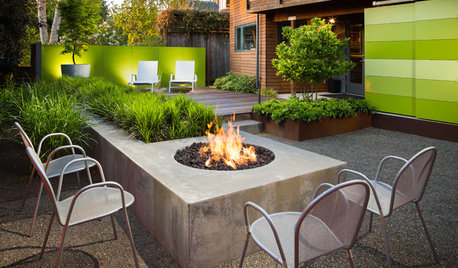
OUTDOOR ACCESSORIESBring On the S’mores With These 10 Smoke-Free Fire Pit Ideas
These fire features help take the party outside while keeping the air clear
Full Story
KITCHEN DESIGNA Cook’s 6 Tips for Buying Kitchen Appliances
An avid home chef answers tricky questions about choosing the right oven, stovetop, vent hood and more
Full Story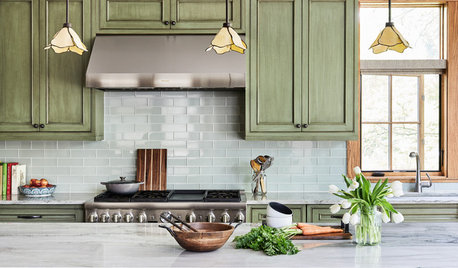
KITCHEN DESIGN11 Must-Haves in a Designer’s Dream Kitchen
Custom cabinets, a slab backsplash, drawer dishwashers — what’s on your wish list?
Full Story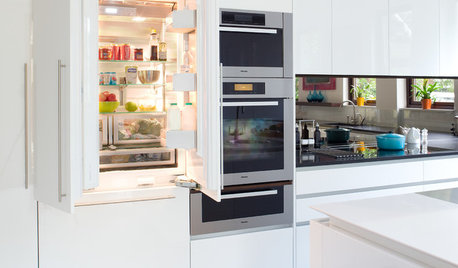
KITCHEN DESIGNA Designer’s Picks for Kitchen Trends Worth Considering
Fewer upper cabs, cozy seating, ‘smart’ appliances and more — are some of these ideas already on your wish list?
Full Story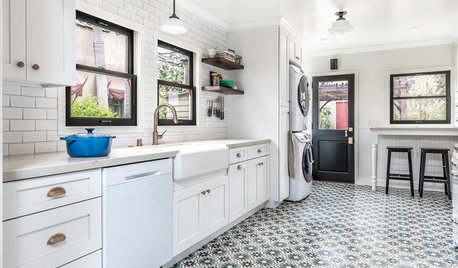
KITCHEN DESIGN11 Enduring Kitchen Ideas From the Industry’s Biggest Event
We visited the Kitchen and Bath Industry Show and found that many familiar kitchen features appear to be here to stay
Full Story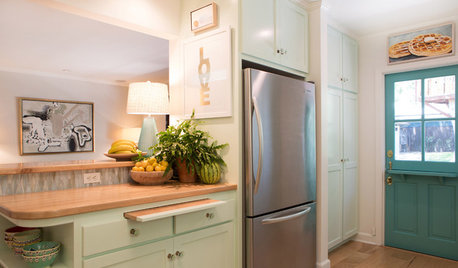
KITCHEN DESIGNCottage Kitchen’s Refresh Is a ‘Remodel Lite’
By keeping what worked just fine and spending where it counted, a couple saves enough money to remodel a bathroom
Full Story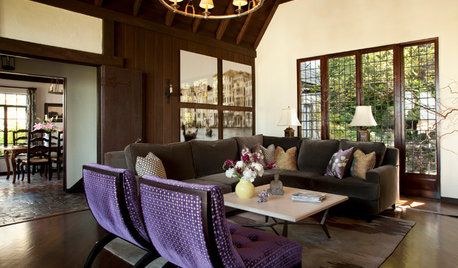
HOUZZ TOURSMy Houzz: Boho Flair for a 1920s California Tudor
Frumpy furniture gets the boot in favor of eclectic pieces that appeal to the travel-loving homeowner
Full Story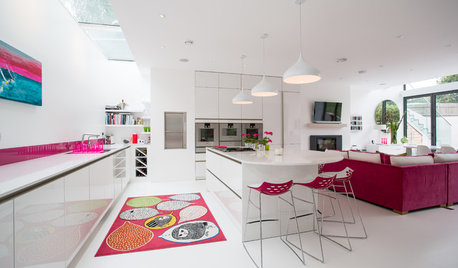
KITCHEN WORKBOOKNew Ways to Plan Your Kitchen’s Work Zones
The classic work triangle of range, fridge and sink is the best layout for kitchens, right? Not necessarily
Full Story
KITCHEN ISLANDSKitchen of the Week: A Family’s Big-Island Dreams Come True
A large island transforms a kitchen into the hub it was meant to be
Full Story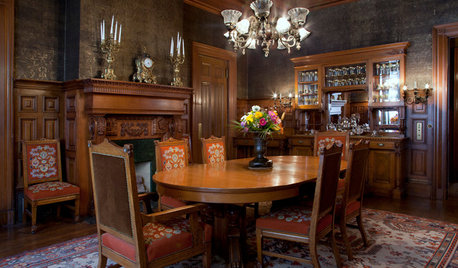
VICTORIAN DESIGNHouzz Tour: San Francisco’s Haas-Lilienthal House
Get a rare behind-the-scenes glimpse of this storied Victorian mansion from its decade-long caretaker
Full Story







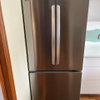
wekick